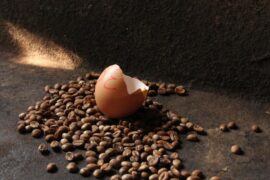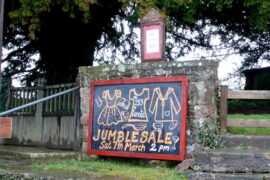Modern Swedish design has taken the world by storm, but timeless examples of excellent craftsmanship – such as the Mora clock – are also gaining popularity among those who like adding Scandi style to their homes.
Dating back to the 18th century, Mora clocks have a distinctive long design. Original versions had customized cases, meaning that many of these clocks are unique.
Keep reading to learn everything you need to know about the original Mora clock, and where you can get a modern reproduction.
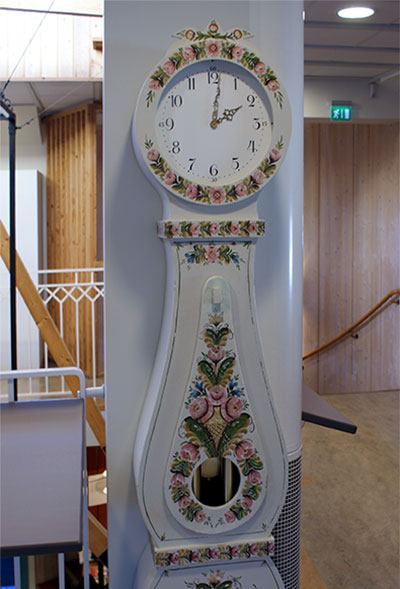
What is a Mora clock, anyway?
Mora clocks first came about in the late 18th and early 19th centuries. They’re named after the town of Mora, which is in Sweden’s Dalarna county.
This rural province was historically one of the country’s poorer regions, and clock-making was initially a way for the locals to increase their earnings.
Dalarna is one of Sweden’s best-known regions for hand-crafted goods. It’s the birthplace of the Dalahäst, for example, a painted wooden horse created in a village close to Mora.
Today, the horse has become more of a national icon. For more on the Dalarna horse, see Swedish souvenirs worth buying.
What does a Mora clock look like?
Mora clocks look similar to grandfather clocks with their elongated necks. The area around the actual clock is typically round, and you’ll notice that – unlike a lot of modern Swedish design – curves stand in the place of straight lines.
Mora clocks often showcase several aspects of Swedish culture. You can find some clocks in Falu red, which is the same shade that you’ll see a lot of cottages in Sweden, Finland, and Norway painted in.
For more on the distinctive Falu red in Sweden, read our guide to Where Sweden’s red cottages get their colour.
Others feature more toned-down colours, such as light blue, white and brown. You can also sometimes see the clocks with hand-painted decorations, such as flowers.
What makes them special?
Mora clocks have two bells, and these are often above the main clock. The traditional clocks use cast iron weights, with a pendulum that swings from left to right when everything is in motion.
Mora clocks have an eight-day cycle before you need to wind them again. You wind them by turning the clock key, though many modern versions don’t necessarily require you to wind the inner bits so frequently.
If you have a Mora clock that still has the original method of winding, you’ll need to open the cover. You can turn the keys via the two locks close to the quarter-to and quarter-past sections.
When a Mora clock is working properly, it often has what many people describe as a gentle ticking. It’s similar to a grandfather clock, but quieter.
So, if you’re looking for something that doesn’t make a huge amount of noise, one of these Swedish masterpieces might be worth your time.
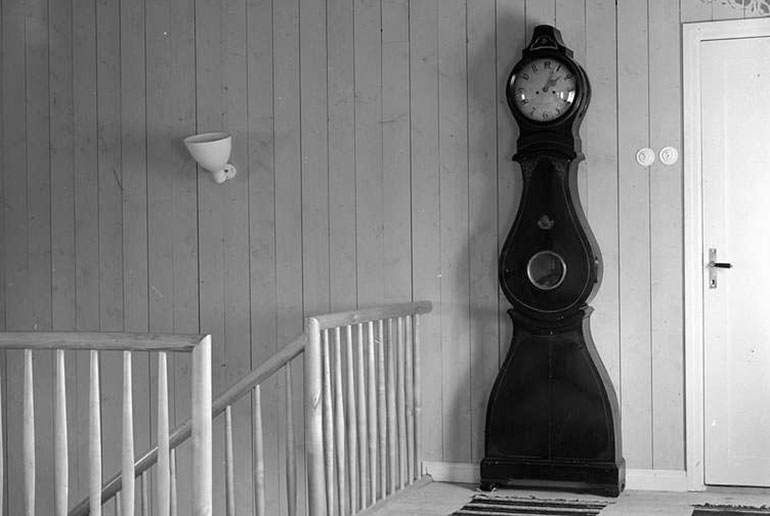
Why are Mora clocks cool again?
Mora clocks have become popular again for several reasons, and one of them is that getting hold of one isn’t easy. Only about 50,000 of the original hand-made clocks were ever made, over an 80-year period.
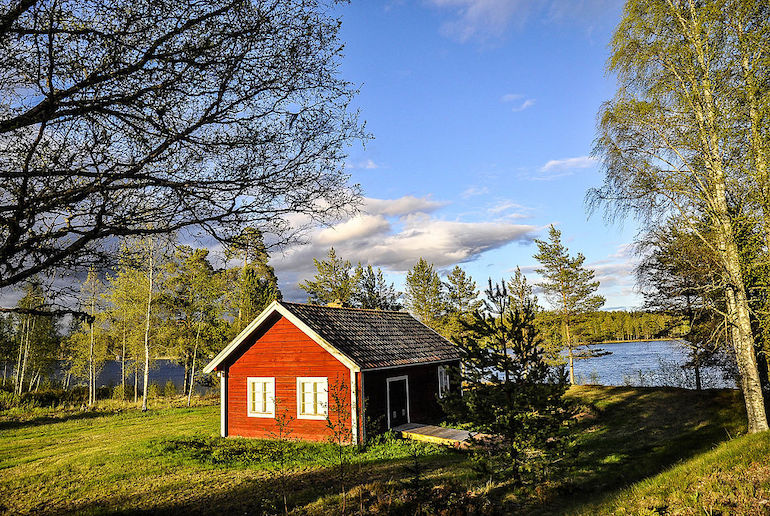
In Sweden, Mora clocks are typically passed down through generations. Outside of that, however, you might struggle to find them in other Swedish homes. They’re even rarer to find in the other Nordic countries.
Mora clocks’ rising popularity is also another example of a global interest in Scandinavian design at the moment.
Design buffs often use their clocks in older-style settings, or to add a touch of tradition to the more modern minimalist style of Scandinavian housing.
Where to get a real Mora clock
Unless you have Swedish relatives, the best place to get a real Mora clock is online. moraclocks.com and moraclocks.co.uk both sell a good selection.
Alternatively, you may be lucky enough to find a Mora clock in an antique store. Many Swedish cities, including Stockholm and Gothenburg, have shops where these or similar timepieces turn up now and again.
One of the most crucial things to look at when picking a Mora clock is whether you’re getting an authentic version. Look for the “A A S Mora” signature that many of the original versions have.
To buy an original Mora clock, you can expect – in most cases – to spend well over $1000.
Not all Mora clocks are in the same condition, and you’ll need to factor in the price of any possible repairs too.
Some specialist sites can restore your clock, though the process will likely require a lot of time and money.
Can you get modern reproductions?
Modern versions of the Mora clock exist, though these are often battery powered. You can find reproduced versions at online stores like Amazon and Etsy.
Visiting Mora in search of clocks
It’s about a four-hour drive or train journey from Stockholm to Mora if you want to visit the home of the Mora Clock.
The region around Mora offers several opportunities to learn more about Dalarna’s rich history of craftsmanship.
In Nusnäs, for example – just a 20-minute drive from Mora – you can visit the factory where they have been making Dala horses since 1928.
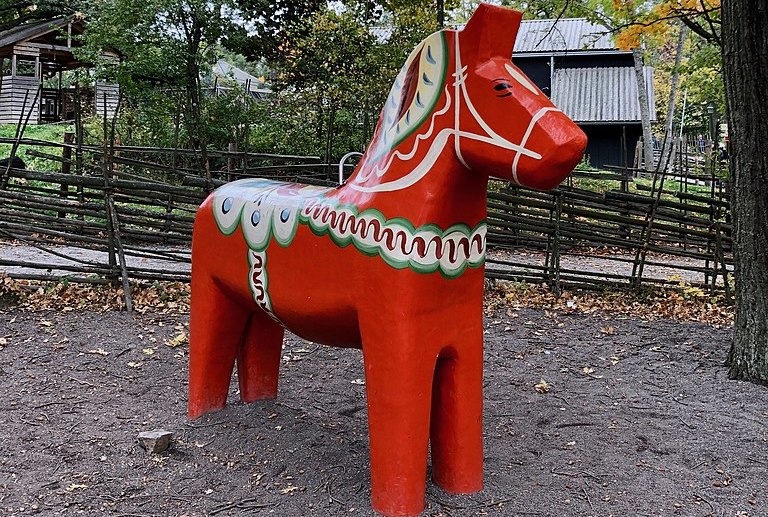
To learn more about Swedish culture and folk art, visit the Skansen open-air museum of Swedish folk culture in Stockholm or try this half-day tour of Viking sites.
Where else have Mora clocks shown up?
Mora clocks have featured on many design blogs, including Liz Marie and So Much Better With Age and A Storied Style.
While Swedish design brands such as String Furniture feature contemporary design styles, Mora clocks can be used to add a more timeless aesthetic.
Everything you need to know about the Mora clock
Mora clocks combine strong aesthetics with fine craftsmanship – a tradition that contributes to the popularity of Swedish design today.
Many of the original clocks were custom-painted to order, with the original owners choosing their own style, design or colours. This means that each clock is slightly different.
Timeless and beautiful, a hand-made original Mora clock can add a new dimension to your home.
See also:
What’s so special about Swedish design?
What is Scandinavian folk art and where can you see it?
The coolest Scandinavian Christmas decorations

